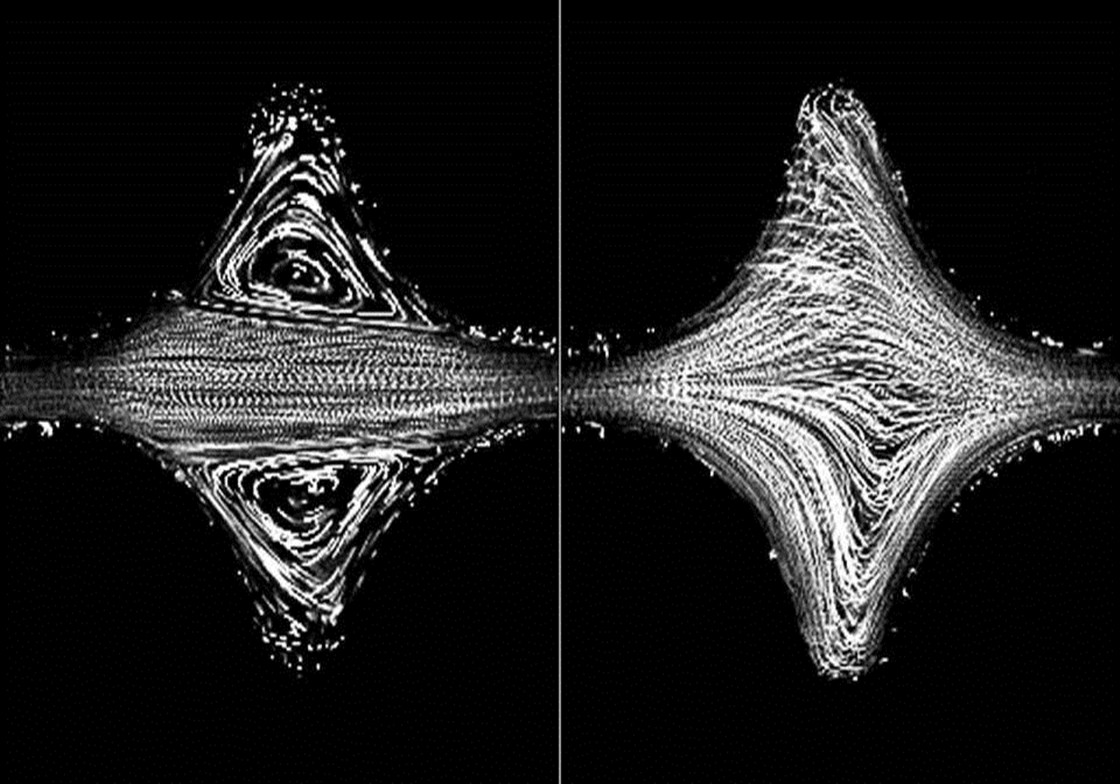
A study from Sujit Datta's lab, led by graduate student Christopher
Browne, found that a promising class of cleaning solutions behave in
ways that both confound traditional fluid models and explain their
usefulness to remediation efforts. Published March 2 in the Journal of Fluid Mechanics, the paper helps solve a decades-old puzzle about why these cleaners only work in some conditions.
The fluids contain microscopic polymer strands that act like springs as they move through porous rocks. For reasons scientists are only beginning to understand, those springs can create tiny eddies in the pores, disturbing the flow and dislodging contaminants from the subterranean nooks and crannies. Browne's paper shows that when pores are close enough together, the eddies synchronize across spaces and the effects become stronger. The researchers call it a bistability, referring to the two possible states of equilibrium. Bistability can be found throughout the physical world, in everything from light switches to cell division. Previous work had assumed there was only a single state in the structure of these fluids' flow through pores.
"What we found is that in a porous medium, instead of the flow being uniform throughout, some pores show one kind of flow structure and other pores show another—a form of bistability," said Datta, an assistant professor of chemical and biological engineering and the paper's senior author. "If we understand how these structures form, then we can predict how the fluid will behave."
Polymer fluids could be an effective tool in cleaning crude oil, mercury and other contaminants from polluted aquifers. But not knowing precisely how these fluids work, and not being able to predict their effects, renders them dangerous in sensitive environments. Engineers remain wary of their use because, in some cases, using the wrong solution can make matters worse. Solving the cleanup problem means getting a closer look at this springy action underground.
The question has nagged at researchers for more than 10 years. While progress has been made on understanding the effects of pore shape and size, Browne's study is the first to show the effects of pore spacing, opening a new line of investigation that could finally bring the fluids' potential within reach.
"If we can have a good fundamental model of how [the polymers] flow
in real geometries, then, if you have a groundwater aquifer with a
spill, using these models you could potentially say, 'yes, a polymer
will or won't help," and then, 'this is how you should use that
polymer,'" Browne said.

